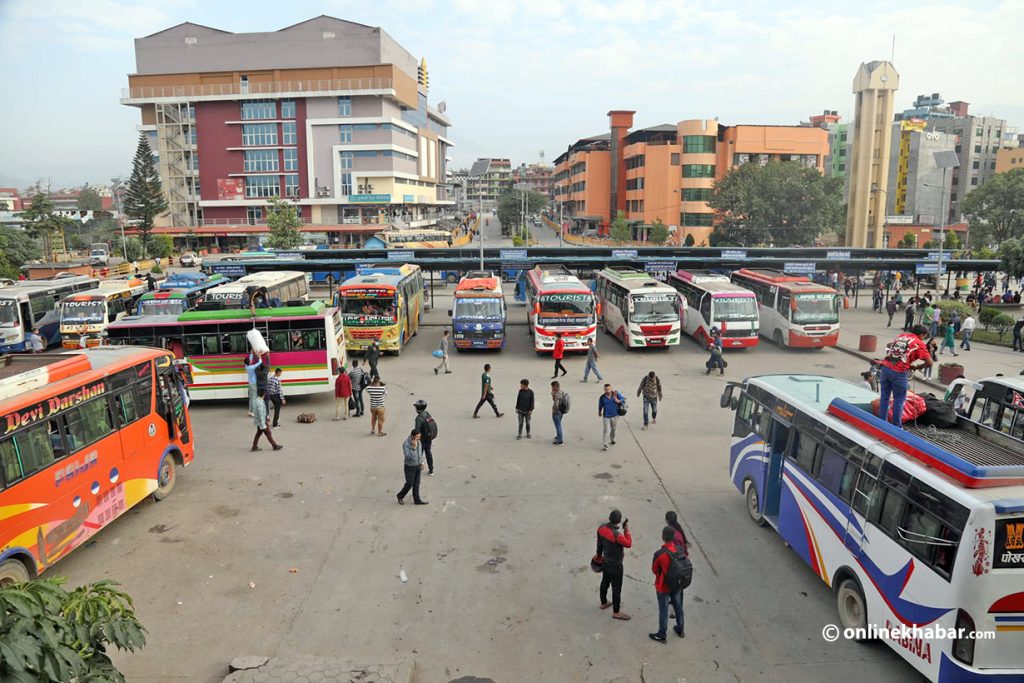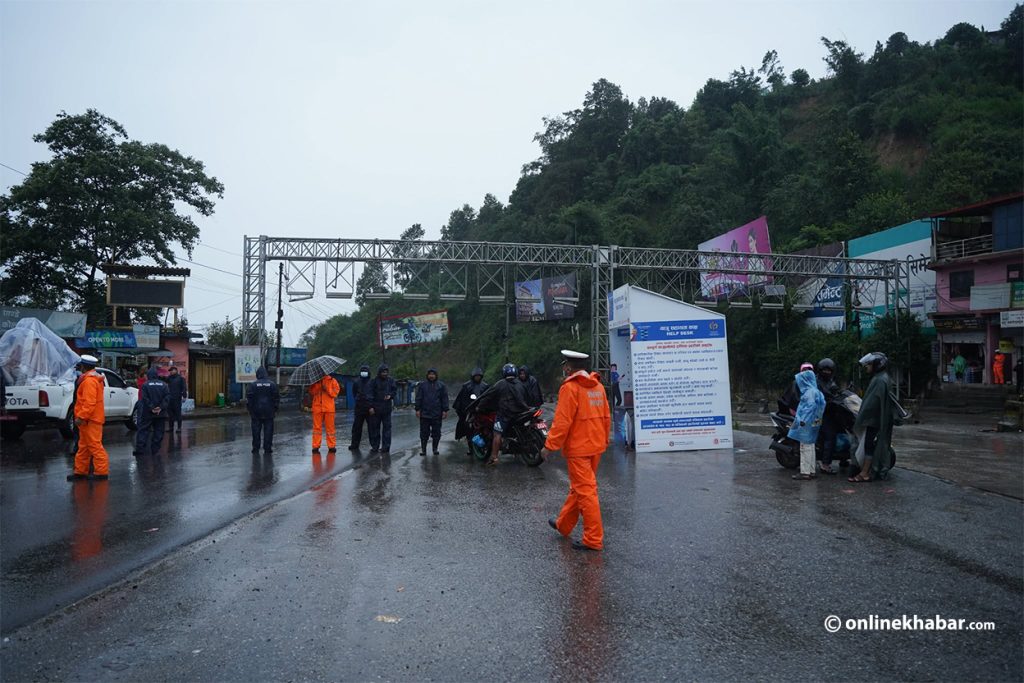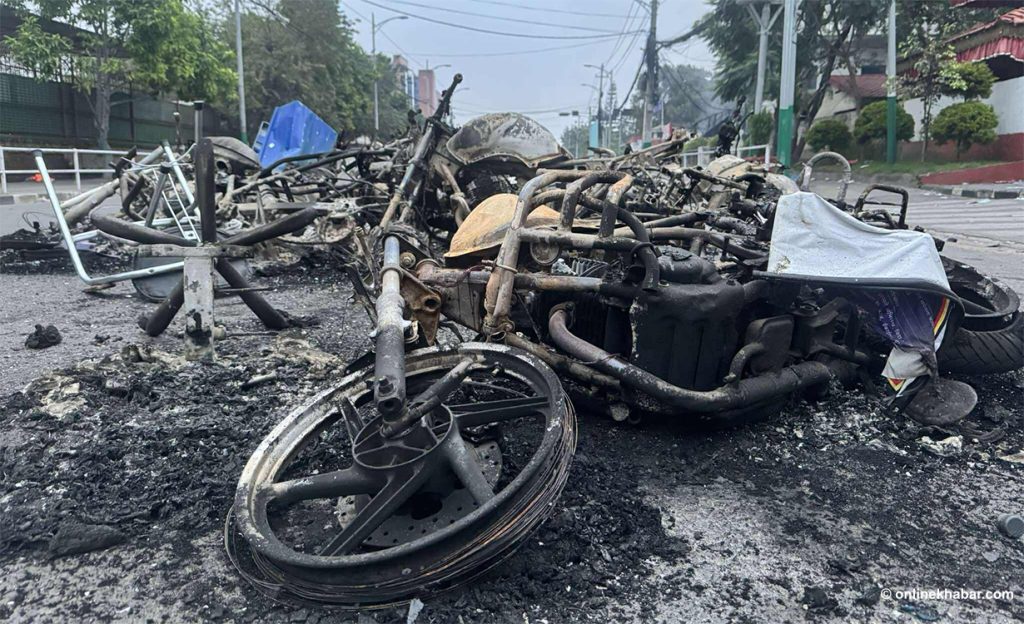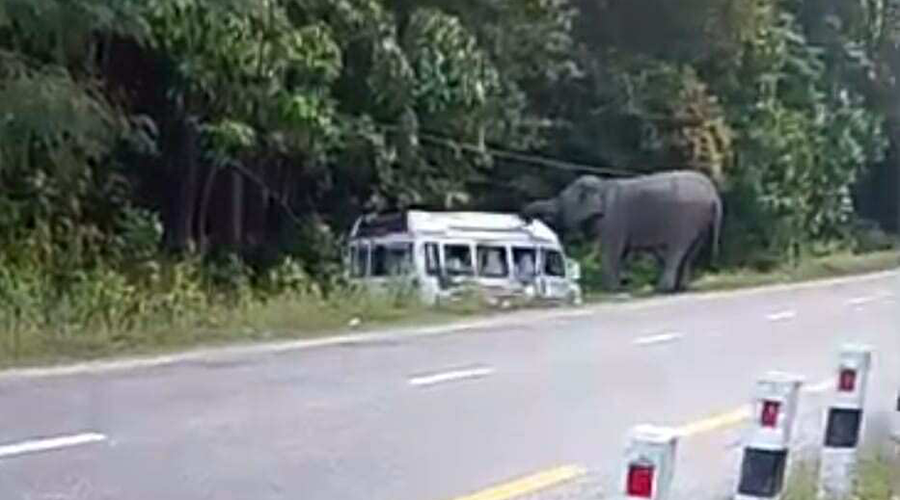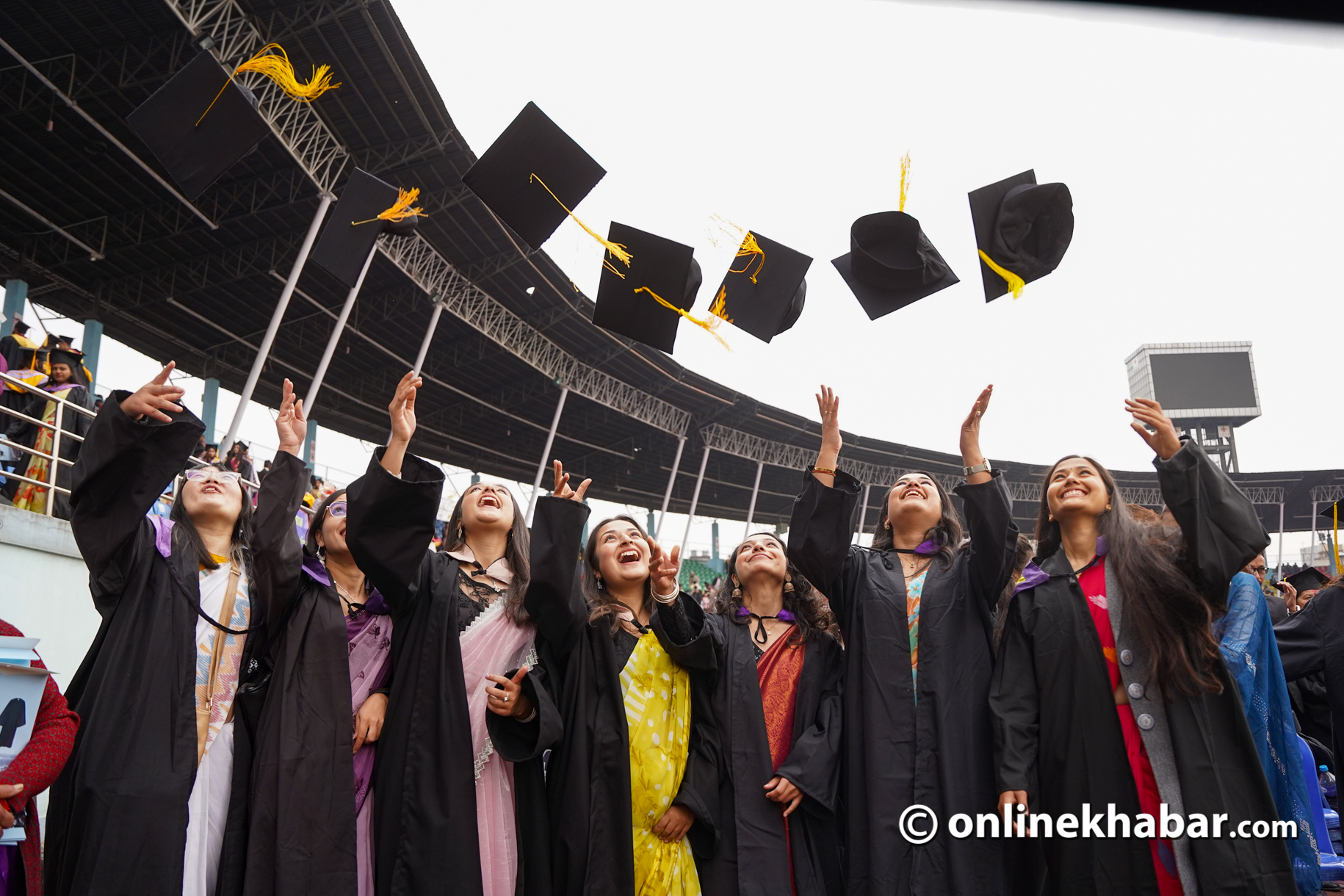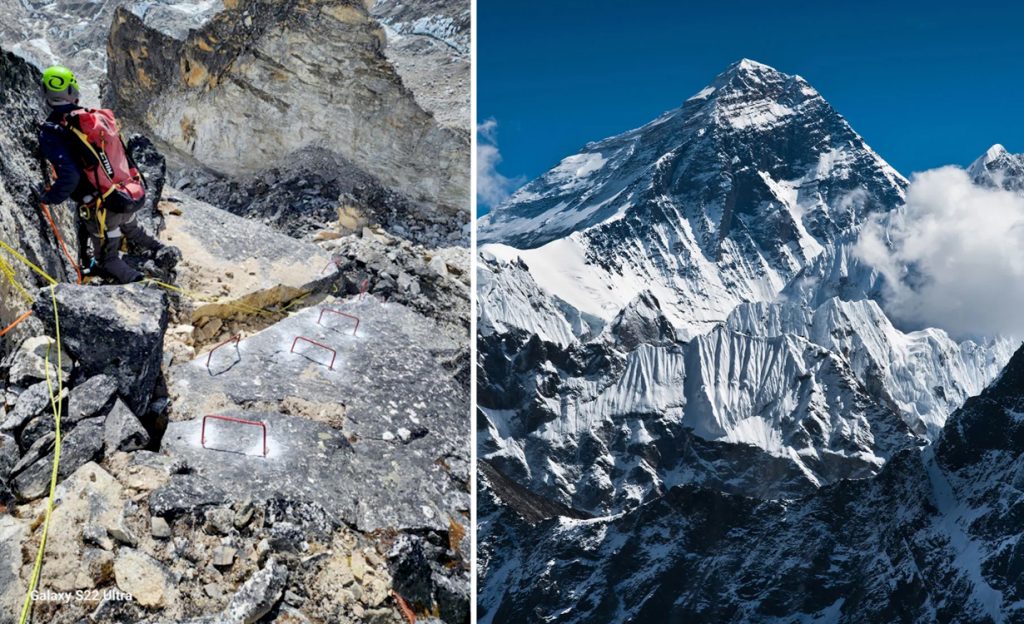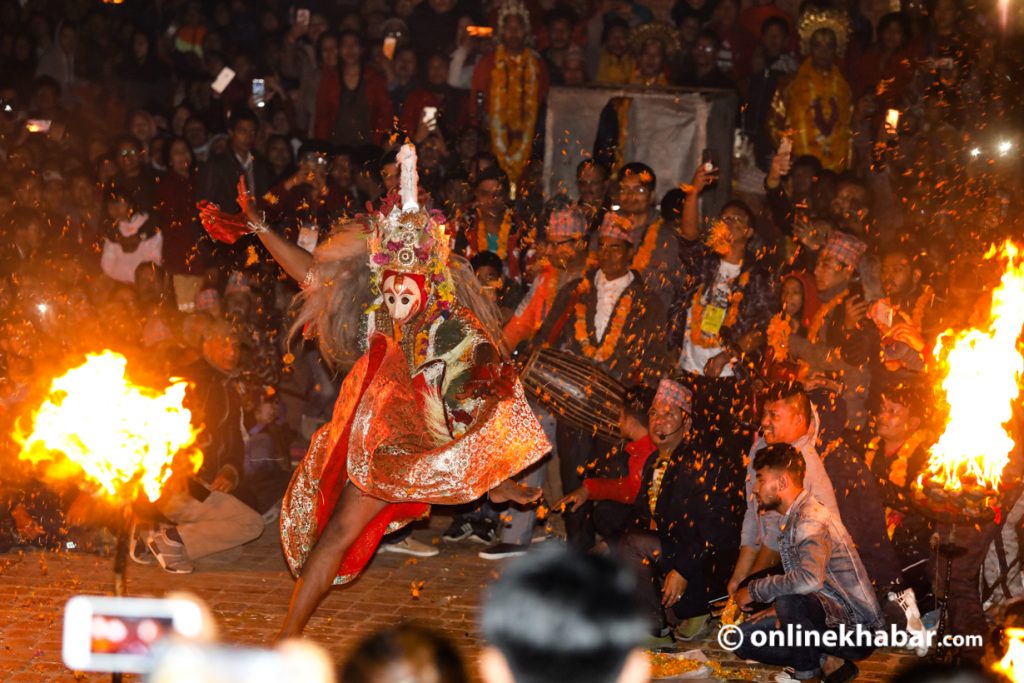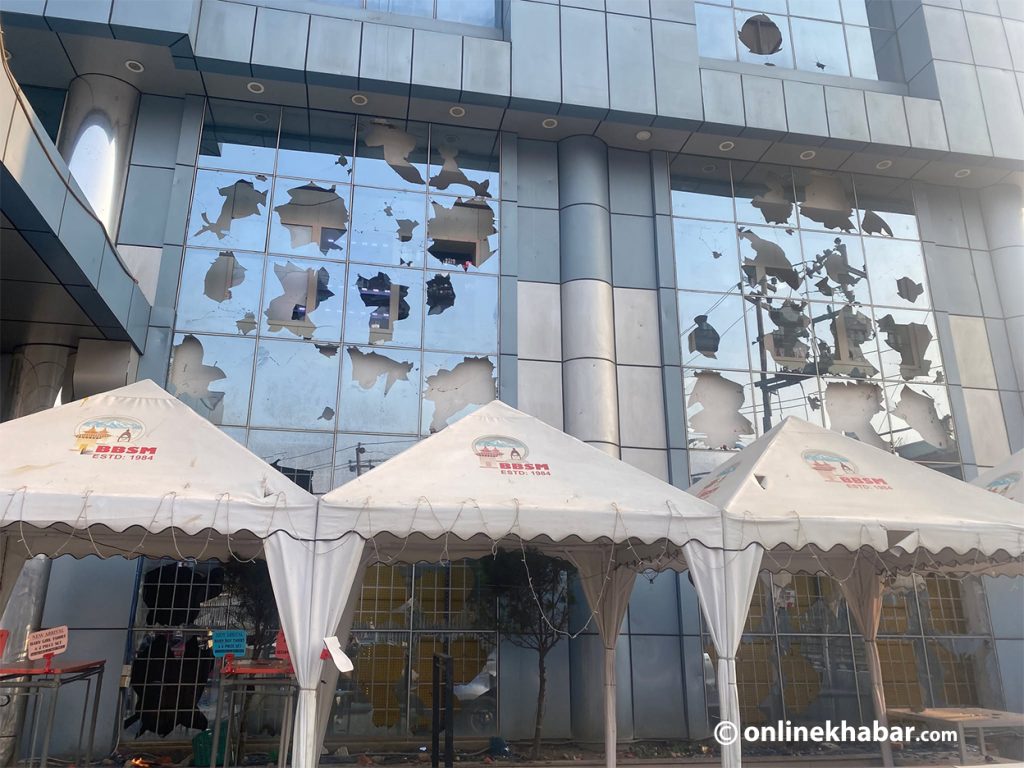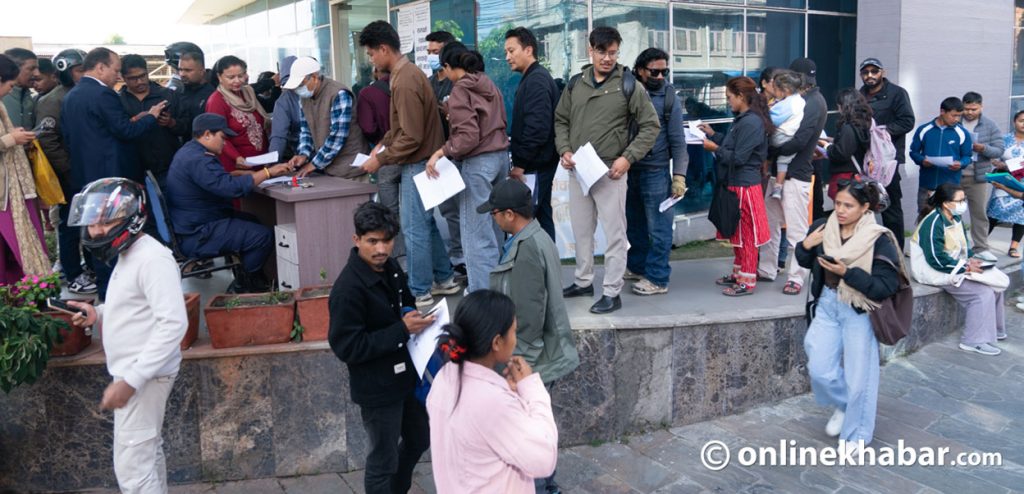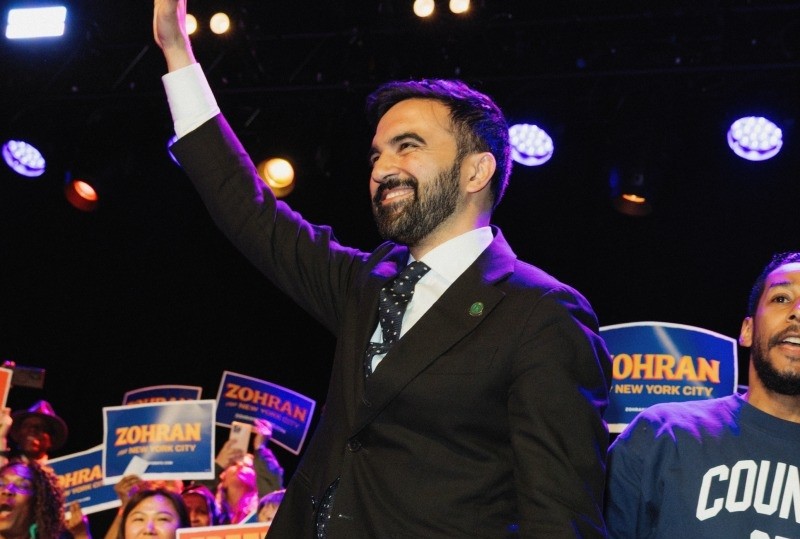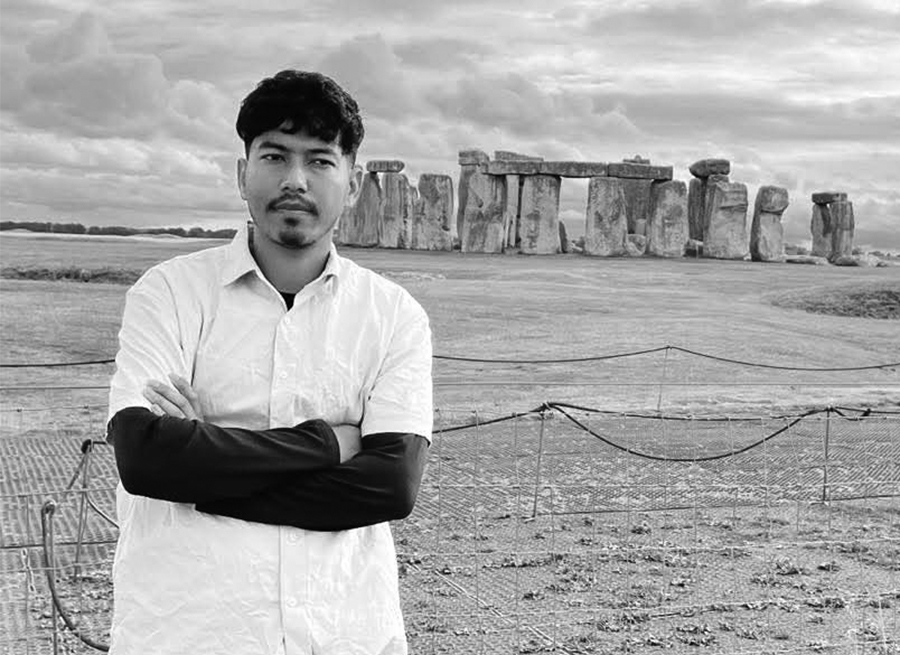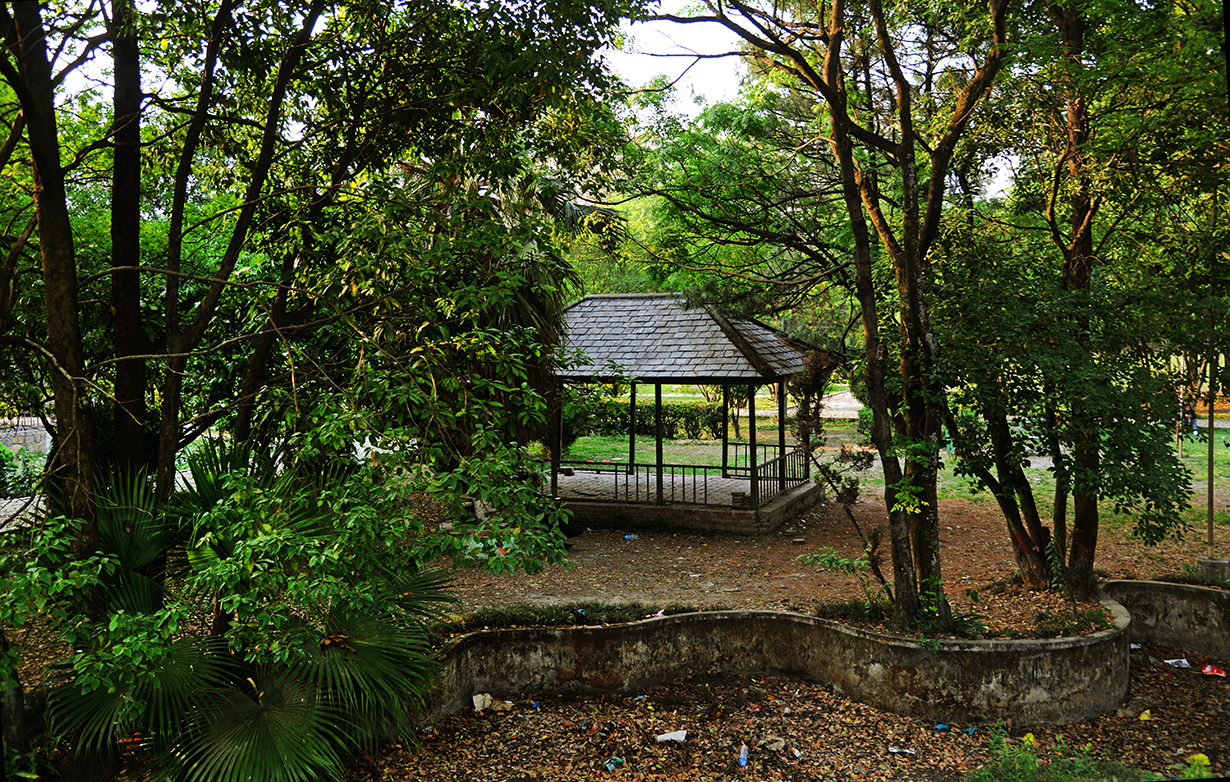
In front of our house, there is a park. It is not the grand kind you see on postcards. It has a fountain now, whose gentle arc of water catches the afternoon sun, adding a quiet charm to the park’s growing beauty. Yet to me, it will always be “the children’s park,” the simple name we gave it when I was a child, and the name I still hold close to my heart.
That park cradled our laughter and daring dreams, with a swing that launched my sister and me so high we once spun a full 360 degrees before landing in a cloud of dust, knees scraped, spirits soaring. The seesaw creaked beneath us, and a slide rose tall enough to thrill our fearless hearts. Those afternoons were a symphony of joy, etched forever in the dust and sunlight of my childhood.
Over the years, the park began to change. Today, it bears an official name and is managed by the ward committee. Recently, tall lampposts have been installed, casting a warm glow after sunset. Bright yellow and green gym equipment now stands where the old seesaw once was, attracting a different kind of movement in the early mornings. Yet, for all these changes, its soul has remained constant. At dusk, it still comes alive: I hear the creak of the swing, the hum of conversation, the clink of metal as someone uses the exercise bars.
I’ve heard it said many times, over fences and across benches, how important this park is. Once, my aunt told a neighbour, “Yesto park chha tei bhayera ta hami bhetna sakchhaun.” It’s because we have this park that we can even meet each other. My mother replied, almost wistfully, “Aba ta park nabhaye ta ek arka sanga kura garna ni namilney jasto cha.” Without the park, even talking to each other would feel impossible.
These words carry more weight for women. In Kathmandu, open spaces are shrinking. Only about 2.3 percent of the Valley’s land is allocated to public areas, far below the 15 to 20 per cent recommended by urban planners. As concrete swallows more land, women’s access to safe, open spaces becomes even more limited. For many women, parks are not just about leisure; they are one of the few socially acceptable, low-cost places to gather, exercise, and spend time outside the home without the pressure of spending money.
In the mornings, I see older women walking in groups, their sneakers squeaking softly on the pathway, talking about their families or the rising price of vegetables. For them, the park is not just exercise, it is a lifeline of friendship, a rare place where they can speak freely in public without judgment. During the day, young mothers bring their children to play, while keeping an eye out for other women to share stories with. In the evenings, groups of teenage girls linger by the water fountain, chatting before heading home something they might not feel safe doing in dimly lit streets or more isolated corners of the city.
I remember one winter evening when the park was especially full. A group of older women was laughing so loudly that even the stray dogs lifted their heads in surprise. On the benches nearby, a few young girls were helping each other with homework under the newly installed lights. And in the far corner, two widowed grandmothers were deep in conversation, their heads nodding slowly as if they had known each other their whole lives. In that moment, I realised the park was not just green space. It was a safe social commons, especially for women whose worlds might otherwise be limited to the four walls of their homes.
Urban design often forgets that public space is deeply gendered. Without well-lit, accessible parks, women’s presence in public life diminishes. A 2022 UN Women study found that in many South Asian cities, women are less likely to be in public spaces after dark due to safety concerns, and that better lighting, open visibility, and community activity drastically increase their sense of security. In Bogotá, Colombia, a city initiative called ‘Women’s Safety Routes’ combined improved lighting, open public seating, and active park programs. The result? A 25 per cent increase in women’s use of public spaces at night within the first year.
And so, each time I walk past our park the same one where my sister and I once tumbled off a swing in a wild 360-degree spin, the same one where my mother greets old friends with stories of weddings and festivals gone by I’m reminded that this place is more than benches and grass.
It is our open-air living room, our collective memory, our little rebellion against the isolation of concrete walls and glowing screens. It is where women of my neighborhood, young and old, find a moment to breathe, connect, and feel safe in a shared space that is theirs as much as anyone’s.
Kathmandu needs more of these pockets of humanity, not just for nostalgia’s sake, but because our future will be lonelier, harsher, and less compassionate without them.
This is my love letter to the parks and public spaces that hold our laughter, our quarrels, our confidences, and our silences. May we fight for them, build more of them, and never forget that a city without places for people to truly meet is not a city worth living in.





